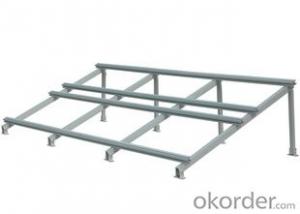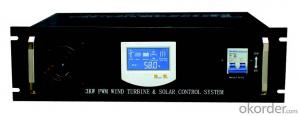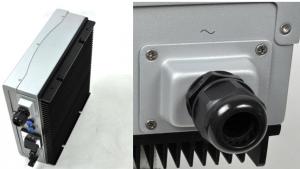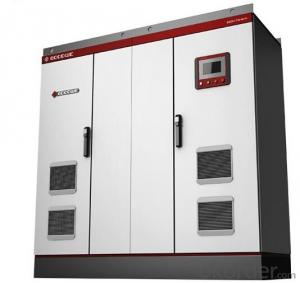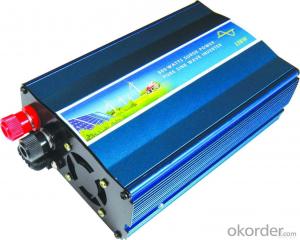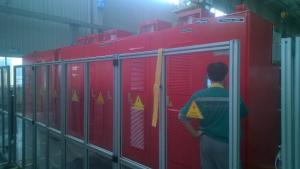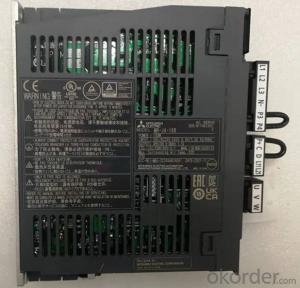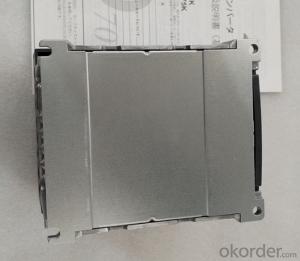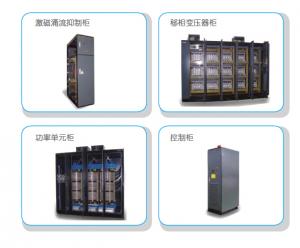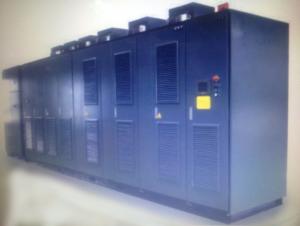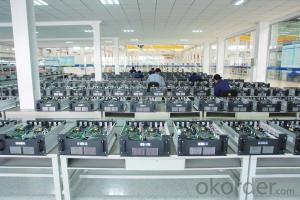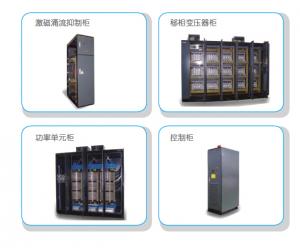Powland Solar Inverter
Powland Solar Inverter Related Searches
Powerland Solar Inverter Powland 3000w Solar Inverter Powmr Solar Inverter Solar Solar Inverter Ecostar Solar Inverter Powmr Solar Inverter Charger Power Solar Inverter Poland Solar Inverter Solar Powered Power Inverter Outback Solar Inverter Sunway Solar Inverter Solar Powered Inverter Morning Star Solar Inverter Solar Plant Inverter Solar Power Inverter System Pwm Solar Inverter Solaris Solar Inverter Solar Smart Inverter Solar Energy Inverter Sunways Solar Inverter Solar Photovoltaic Inverter Sun Solar Inverter Inverter Solar Solar Light Inverter Portable Solar Inverter Power Inverter Solar Glow Power Solar Inverter Sunshine Solar Inverter Smart Solar Power Inverter Portable Solar Power InverterPowland Solar Inverter Supplier & Manufacturer from China
Powland Solar Inverter is a range of high-quality inverters designed to convert solar energy into usable electrical power for various applications. These inverters are engineered to provide reliable and efficient power conversion, making them ideal for residential, commercial, and industrial solar power systems. They are known for their robust performance, user-friendly interface, and advanced features that ensure optimal energy utilization.The Powland Solar Inverter is widely used in various scenarios, such as grid-tied solar systems, off-grid solar systems, and hybrid solar systems. It plays a crucial role in harnessing the power of the sun and converting it into electricity that can be used to power homes, businesses, and even entire communities. The inverter's ability to manage and regulate the flow of electricity ensures that the solar power system operates at peak efficiency, reducing energy waste and maximizing the return on investment.
As a leading wholesale supplier, Okorder.com offers a vast inventory of Powland Solar Inverter products, catering to the diverse needs of customers worldwide. With a commitment to quality and customer satisfaction, Okorder.com ensures that each Powland Solar Inverter is thoroughly tested and certified to meet the highest industry standards. This extensive inventory allows customers to find the perfect inverter for their specific solar power system requirements, providing them with a reliable and cost-effective solution for their energy needs.
Hot Products












